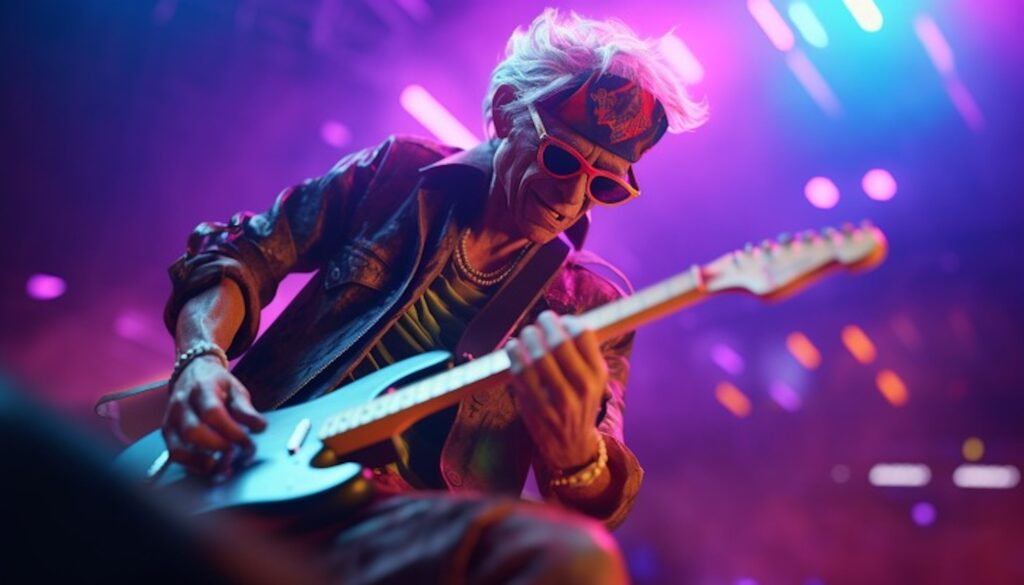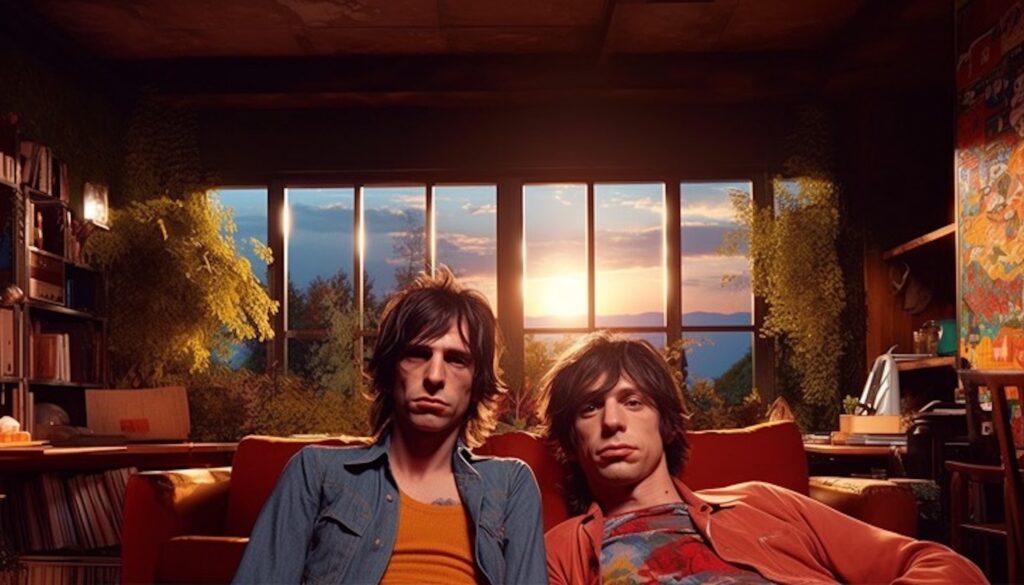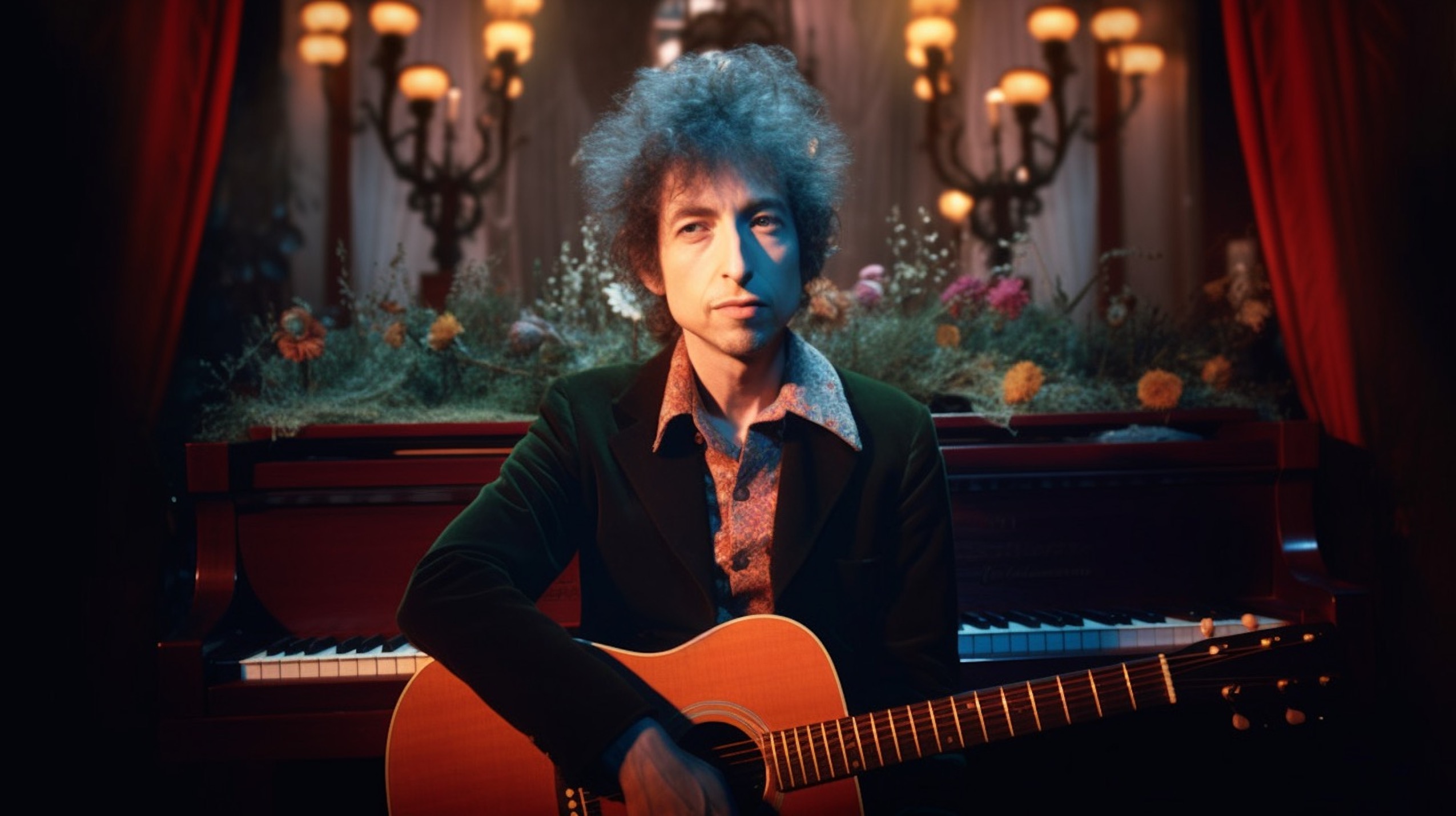In 1989, I was a hungry young music enthusiast, determined to make my way into the business. I attended showcases where artists performed in front of stone-faced executives, hoping for a break. That’s when I realized the real power lay not on stage, but on the nightclub floor.
Back in the ’90s, bands followed a familiar trajectory: touring the world, playing in run-down clubs, and building a fan base in hopes of being discovered. The lucky ones released their first record, often polished by producers and engineers. Record companies played a nurturing role with robust A&R departments that tapped into artists’ talent and brought out the best in them. Insecurities, fears, and self-doubt often fueled masterpieces that stood the test of time. It was this raw humanity, with all its pain and vulnerability, that forged a deeper connection between the artists, their creations, and audiences.
But as the music industry evolved, it lost its touch. True record men like Ahmet Ertegun, Bob Krasnow, Gary Kurfurst, and Seymour Stein disappeared. Record companies became banks, and the business of music ceased to innovate. A few outliers, like Jay Brown, Guy Oseary, and Anthony Saleh, managed to stay ahead of the curve.
I recall discussing copyright infringement with record companies, only to be met with shrugged shoulders. They couldn’t or wouldn’t do anything about it. Remember Napster? The industry missed a golden opportunity to innovate and had to wait a decade for Spotify to rescue them.
The life cycle of an artist is mostly predictable: They rise from the road, to the studio, to (if they’re hugely successful) arena stardom, only to inevitably fall back to the clubs where they began. They continue performing, not only for the money, but also for the connection with their audience, providing a nostalgic experience for fans. However, with time their voices may lose their power, their songwriting may not resonate with younger audiences, their energy on stage may wane. They age.
This brings me to the three pillars of this story: the Artist, Record Companies, and AI.
A decade ago, record companies struggled with copyright infringement. They would litigate and win substantial amounts in large-scale infringement cases.
Enter AI. With albums like AISIS’s The Lost Tapes / Vol. 1, AI-generated music is gaining ground. Do record companies understand GPT or Large Language Models? Are they prepared for the speed at which this technology will enter the market, and evolve? Can they sue decentralized sources or bots that create content?

Elon Musk and Instagram struggle to control AI on their platforms. It’s reminiscent of Facebook shutting down its AI program in 2017 when chatbots began communicating with each other. It’s almost poetic that the Web3 ethos of collaboration and pushing back against central ownership coincides with AI’s disruption of the music industry.
Music publishing and album master ownership rights have become largely archaic, outmoded in the digital era. But just as Spotify emerged, companies will surface to track and shut down copyright-infringing AI. And the record companies will buy them.
As artists age, AI offers a solution. We know AI can create music, but it can also bring digital twins — digital representations of real-life personalities — to life. These versions of the artists — right now as holograms but more robustly in VR headsets, and Apple is coming up with a spectacular version — can interact with fans, representing an artist’s beliefs and values, and perform on stage.
Is this a new form of immortality? Where artists’ music and creativity and personas can live on, adapting to times and new tastes?
To better understand this, let’s explore some fundamental methods for creating music with AI and future possibilities for music production. Music creation breaks down into three parts: voice generation, music generation, and lyric generation. Although this is an oversimplification, it serves as a helpful guide.
Various AI-based programs and research projects enable users to generate beats or music using machine learning models. OpenAI has developed MuseNet and Jukebox, while Google created MusicLM. These models rely on neural networks, which process human data and learn to create music compositions. However, the quality of the output hinges on the quality and complexity of the input data and the algorithms used, making the process not always straightforward or foolproof.
To generate lyrics, AI-based tools like Chat GPT or Jarvis can be utilized. These tools, trained on large amounts of text data, can generate surprisingly creative lyrics. Finally, AI-based voice replication tools, such as Uberduck, can be employed to add vocals to the composition. These tools are becoming increasingly adept at accurately replicating human voices.
Several remarkable AI-generated music examples showcase the technology’s capabilities in replicating and collaborating with well-known artists, proving that this technology is ready for prime time now.

AI has been used to create a cover of an Ariana Grande song by SZA, a man rapping in his own voice and transforming it into Kanye West’s voice using AI. And even full-length, AI-generated Drake albums. Furthermore, AI has enabled posthumous collaborations, such as a duet between Michael Jackson and Britney Spears, and a striking example of the Beatles and Brian Wilson in a rendition of “God Only Knows.” These examples demonstrate the endless possibilities and creative potential of AI, emphasizing that the future is already here.
As more advanced algorithms emerge, every step of this process continues to improve.
Imagine a world where legendary artists can collaborate with their AI counterparts, essentially creating music with their digital selves. This reimagines the concept of a co-write, and opens up a whole new can of worms for intellectual property lawyers to untangle. Since AI depends on inputs, and the more an artist inputs, the more AI generates and learns, so who is actually creating? There’s an argument that the company that made the AI software has a claim to the new music. Record companies might say that because they licensed the software, they are due a claim, since the end product was created separately from just the artist.
At the same time, the process introduces old artists to an entirely new generation of fans.
AI will keep artists perpetually in their prime. By integrating motion capture and digitization technologies, expiration dates no longer apply, and fans will continue enjoying musicians delivering their best work as time marches along.
As a former music manager, I admit my view of the world has become jaded. I once dreamed of a creative space without artists, managers, or agents. The rise of AI allows artists to create, earn, and achieve immortality. They can focus on their art and forge a more direct, unfiltered connection with fans.
The question remains, will record companies embrace these changes and support artists in navigating this new world? Or will they cling to outdated models and become relics of the past? Only time will tell, but one thing is certain: The music industry is on the cusp of a seismic shift, and artists, fans, and industry insiders alike should be prepared for extraordinary changes ahead.
So let’s raise a glass to the future of music, where creativity transcends boundaries, and artists can achieve a unique form of immortality! It’s an exciting time to be a part of this ever-evolving landscape. I can’t wait to see what unfolds.
Les Borsai is co-founder of Wave Digital Assets @lesborsai.




